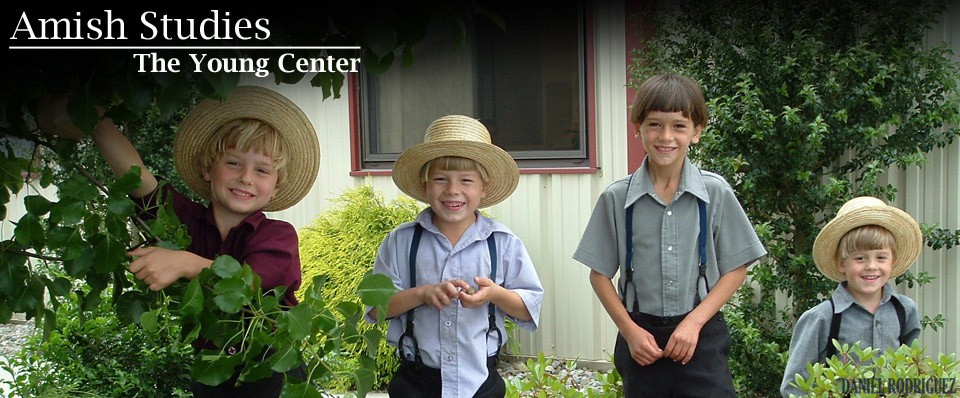Population Trends 2010-2015
5-Year Highlights
Population. The Amish of North America (adults and children) grew by 50,500 since 2010, increasing from an estimated 249,500 in 2010 to 300,000 in 2015. See Population Change 2010-2015 tables for details. The Amish population has grown 20.2 percent since 2010. It doubles about every 18 to 20 years.
States. The Amish have communities in 31 states and two Canadian provinces: New Brunswick and Ontario. They have established settlements in three new states (Idaho, Wyoming, and Vermont) and one new province (New Brunswick) since 2010. Three states (Ohio, Pennsylvania, Indiana) have 63 percent (about two-thirds) of the Amish population. Combined, the ten states with the largest numbers of Amish have 92.3 percent of the total Amish population.
Settlements. Seventy-four new settlements (geographical communities) were established since 2010. New settlements are typically small, composed of only a few families in a single district (congregation). Older settlements such as Holmes County, Ohio, and Lancaster, Pennsylvania, have more than 200 districts. (See Twelve Largest Settlements.)
Districts. Each district, or congregation, is typically composed of 20 to 40 families. Since 2010, the number of districts has grown from 1,826 to 2,193, a net gain of 367.
Reasons for Growth. The forces driving the growth are sizeable nuclear families (five or more children on average) and a retention rate of 85 percent or more. Converts occasionally join the Amish, but reproduction and retention drive the growth.
Note: Settlement and district statistics were updated in May 2015, which the exception of Vermont, where a new settlement began in June. Population figures (which include adults and children) are estimates calculated using state-sensitive averages of the estimated number of people per church district. The number of adults and children per district varies by region, community, affiliation, and age of the district. Thus, the actual number of people in a specific district or state may be higher or lower than the estimates. The national composite average of people per district is 137. The data includes all Amish groups that use horse-and-buggy transportation, but excludes car-driving groups such as the Beachy Amish and Amish Mennonites.
Sources: Raber’s Almanac, reports of correspondents in Amish publications, the annual migration report in The Diary, state and regional settlement directories, regional newsletters, and informants in settlements.
To cite this page: “Amish Population Trends 2010-2015, 5-Year Highlights.” Young Center for Anabaptist and Pietist Studies, Elizabethtown College. http://groups.etown.edu/amishstudies/statistics/population-trends-2010-2015.
